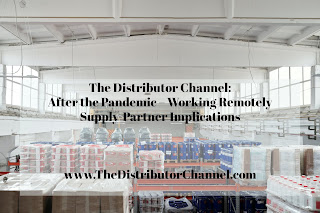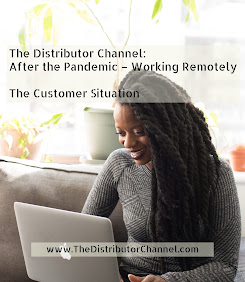Free Stuff Alert

Free Stuff Alert It’s rare for me to promote another author or consultant, but I feel this is something you would not want to miss. I have recommended Justin Rolf-Marsh’s book, The Machine: A radical approach to the design of the sales function , to dozens of clients. Why? Because it questions some of the very foundations of the way those of us in sales think about the process. The concept of an outside salesperson has been around for eons. We could point to the old traveling peddlers making their way cross-country with a wagon load of supplies or railroad riding sellers getting off at each whistle stop to hock their wares, but instead, let us skip forward to more modern times. The sales teams of distributors in my first year in this industry, some 40 odd years ago, followed this simple process: The outside salesperson tooled around in shiny 1975 Ford LTDs or Oldsmobile Delta 88s dropping in on customers presenting features and benefits of new products and occasionally solving


